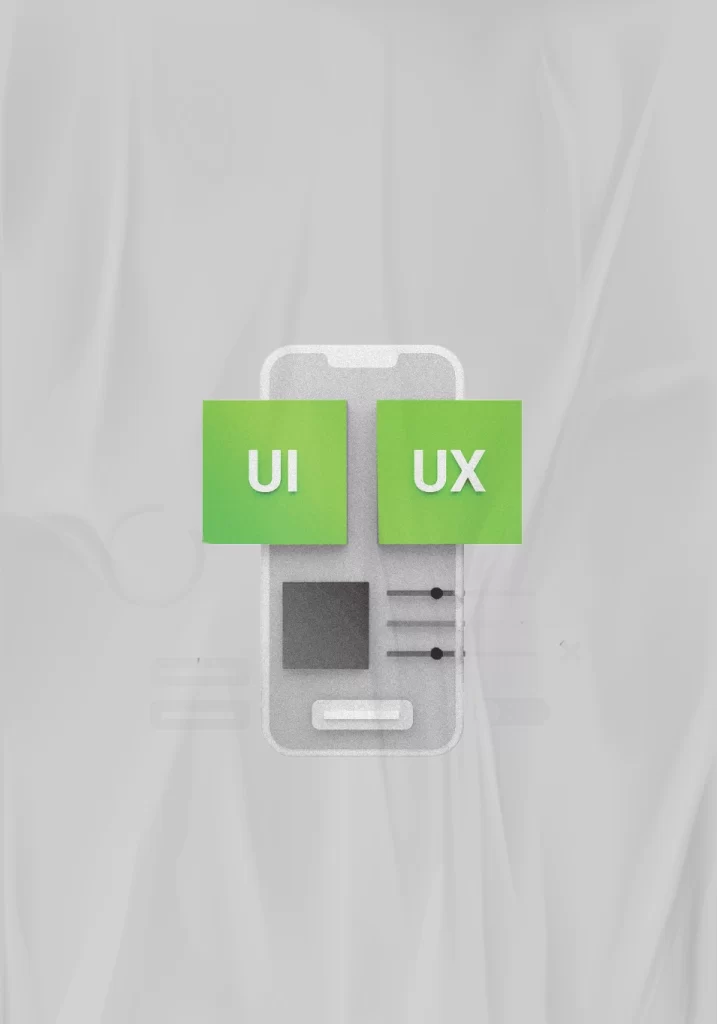You’ve launched an amazing marketing campaign. The clicks are pouring in and the traffic numbers are soaring. But conversions not so much! What would you say went wrong?
Often, the answer lies in your website’s UI (User Interface) and UX (User Experience). Marketing attracts people to your door, but UI/UX determines if they will walk in, look around, and stay. If your website is cluttered or frustrating to navigate, visitors will leave faster than they arrived.
On the other hand, a visually appealing design coupled with an easy user journey holds on to the visitors. UI/UX works silently in the background. They shape how visitors interact with your website and give meaning to your marketing efforts.
Let’s start right from the basics.
How User Interface (UI) Works
The first thing that people see when they click on your website is User Interface (UI). It is the face of your website. It comprises all the colours, fonts, images and even the layout that people see on a webpage.
Now, if a visitor lands on your website and a cluttered heap of text appears in front of their eyes, do you think they will like it? Don’t even think about it. It’s confusing and totally not visually appealing for them to spend even a second on your website. They will exit the website the very next second.
So, it is important that you create web pages that are visually appealing. The layout should feel soothing to the eyes and help people navigate easily. This makes them browse longer, builds trust and increases the chance of conversion.
How User Experience (UX) Works
In the simplest terms, if UI is the face of a website, UX can be considered as its personality. The more pleasant it is, the more people will like it. UX ensures people enjoy the ride after UI grabs their attention.
A well-structured experience means users can find what they need without any confusion or unnecessary steps. It involves the removal of obstacles to make the journey enjoyable. Brands like Netflix or Amazon thrive, not just because of their content or products, but because they make the experience smooth and effortless.
How UI/UX Fuels Organic Traffic Growth
Search engines love websites that users enjoy. Google’s algorithms favour sites with excellent user experiences, making UI/UX a key player in boosting SEO and organic traffic growth. Here’s how:
- Lower Bounce Rates: Longer time spent on a site signals valuable content to search engines, improving rankings.
- Improved Page Load Speed: UX also includes performance. Faster sites enhance user retention and SEO.
- Mobile Responsiveness: With mobile-first indexing, sites that adapt seamlessly across devices rank higher.
- User Engagement Metrics: Higher interaction rates and longer session times translate to better search visibility.
How to Improve Your UI/UX
A top-tier digital marketing agency understands that internet marketing is about retention and conversion. Every touchpoint ranging from landing pages to social media campaigns should be optimised for usability and engagement.
- Ad Campaigns & Landing Pages: A high-budget PPC campaign can fail if the landing page is confusing. UI/UX ensures a smooth transition from ad click to conversion.
- Content Consumption: Blogs, videos, and infographics should be easy to read, visually engaging, and accessible across devices.
- Lead Generation Forms: A distraction-free form with clear CTAs can significantly improve lead capture rates.
Conclusion
So, does UI/UX override traditional Digital Marketing strategies? Not at all. Success lies in striking the right balance. Effective campaigns drive users to a website, but it’s the UI/UX that convinces them to stay. While content and SEO provide visibility, usability ensures conversion. So, if you’re aiming to boost organic traffic growth and conversion rates, start with your UI/UX. Because even the most brilliant marketing campaign can’t fix a frustrating user experience.
Frequently Asked Questions
What is digital marketing?
Digital marketing is how businesses promote themselves online using platforms like social media, search engines, emails, and websites. It’s about reaching people where they spend their time — on the internet.
Why is digital marketing important for businesses?
Digital marketing is essential for visibility, helping businesses connect with the right audience. Unlike traditional marketing, it offers real-time insights and measurable results.
What are the different types of digital marketing?
Digital marketing has a whole toolkit. You’ve got Social Media Marketing, Search Engine Optimisation (SEO), Email Marketing, Content Marketing and Pay-Per-Click (PPC) Ads.
What are the latest trends in digital marketing?
The latest trends in digital marketing include AI-powered personalisation, short-form videos, social commerce, voice search optimization, and the continued rise of influencer marketing and user-generated content.



